What kinds of rubber we choice for rubber seals
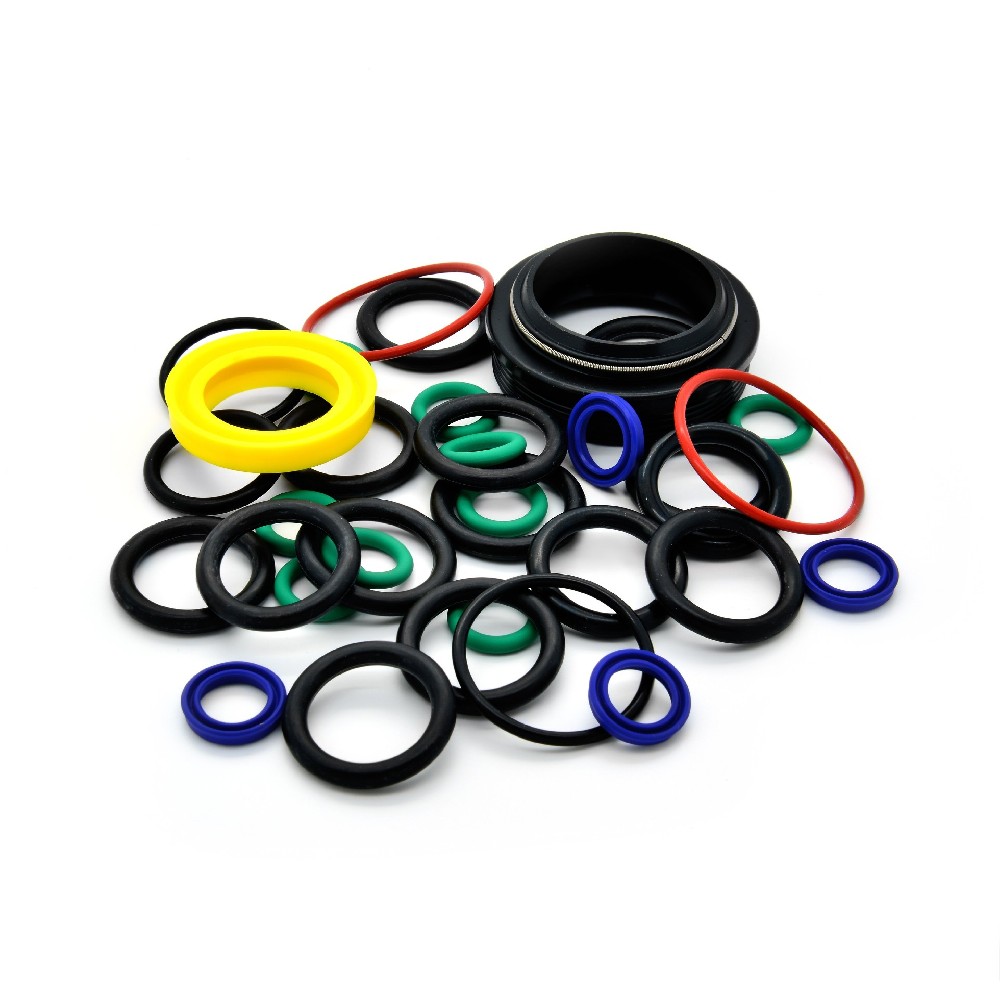
When selecting rubber materials for seals (e.g., oil seals, gaskets, O-rings), the choice depends on the operating environment, temperature range, chemical exposure, pressure, and mechanical stress. Below are the most common rubber types used for seals, their properties, and typical applications:
1. Nitrile Rubber (NBR)
Key Properties:
Excellent resistance to oils, fuels, and hydrocarbons.
Good abrasion resistance.
Temperature range: -40°C to +120°C (short-term up to 150°C).
Advantages:
Cost-effective, widely available.
Ideal for general-purpose sealing in oil or fuel systems.
Limitations:
Poor resistance to ozone, sunlight, and polar solvents (e.g., acetone).
Applications:
Engine oil seals, fuel system seals, hydraulic seals.
2. Fluoroelastomer (FKM/Viton)
Key Properties:
Exceptional heat and chemical resistance.
Resists oils, fuels, acids, and aggressive chemicals.
Temperature range: -20°C to +200°C (short-term up to 250°C).
Advantages:
Performs well in high-temperature and corrosive environments.
Limitations:
Expensive.
Poor low-temperature flexibility.
Applications:
High-temperature engine seals, aerospace seals, chemical-processing seals.
3. Silicone Rubber (VMQ)
Key Properties:
Extreme temperature tolerance (-60°C to +230°C).
Flexible at low temperatures.
Resists oxygen, ozone, and UV light.
Advantages:
Non-reactive with many chemicals.
Biocompatible (used in medical devices).
Limitations:
Poor tear strength and abrasion resistance.
Swells in hydrocarbon fuels/oils.
Applications:
High/low-temperature seals, food-grade seals, medical equipment.
4. Ethylene Propylene Diene Monomer (EPDM)
Key Properties:
Excellent resistance to water, steam, ozone, and weathering.
Temperature range: -50°C to +150°C.
Advantages:
Good for water-based and polar fluids (e.g., brake fluids, glycol).
Limitations:
Poor resistance to hydrocarbon oils and fuels.
Applications:
Coolant system seals, radiator hoses, outdoor weather seals.
5. Polyurethane (PU)
Key Properties:
Outstanding abrasion and tear resistance.
High load-bearing capacity.
Temperature range: -40°C to +100°C (varies by type).
Advantages:
Ideal for high-pressure, dynamic applications.
Limitations:
Degrades in hot water or humid environments.
Poor chemical resistance to acids/alkalis.
Applications:
Hydraulic seals, pneumatic seals, industrial machinery.
6. Hydrogenated Nitrile Rubber (HNBR)
Key Properties:
Enhanced heat/ozone resistance vs. standard NBR.
Temperature range: -40°C to +150°C (short-term up to 180°C).
Advantages:
Combines oil resistance of NBR with improved durability.
Limitations:
More expensive than NBR.
Applications:
Automotive timing belt seals, fuel injectors, refrigeration systems.
**7. Perfluoroelastomer (FFKM/Kalrez®)
Key Properties:
Ultimate chemical/thermal resistance.
Temperature range: -25°C to +300°C.
Advantages:
Resists almost all chemicals, including aggressive acids and bases.
Limitations:
Extremely high cost.
Applications:
Semiconductor manufacturing, oil/gas drilling, chemical reactors.
Key Selection Criteria
Temperature: Match the rubber’s operating range to the application.
Chemical Compatibility: Ensure resistance to fluids/chemicals in contact.
Pressure/Dynamic Load: Choose abrasion-resistant materials (e.g., PU, HNBR).
Cost: Balance performance needs with budget
Environmental Factors: UV, ozone, or moisture exposure may require EPDM or silicone.
Example Scenarios
Engine Oil Seal: Use NBR (standard) or FKM (high-temperature).
Coolant System Seal: Choose EPDM.
Aerospace Hydraulic Seal: Opt for FKM or FFKM.
Food-Grade Seal: Select Silicone or EPDM or FKM(high speed rotation seals)
By aligning material properties with your specific application requirements, you can ensure longevity, reliability, and cost-effectiveness of the seal.
Hot Products
-
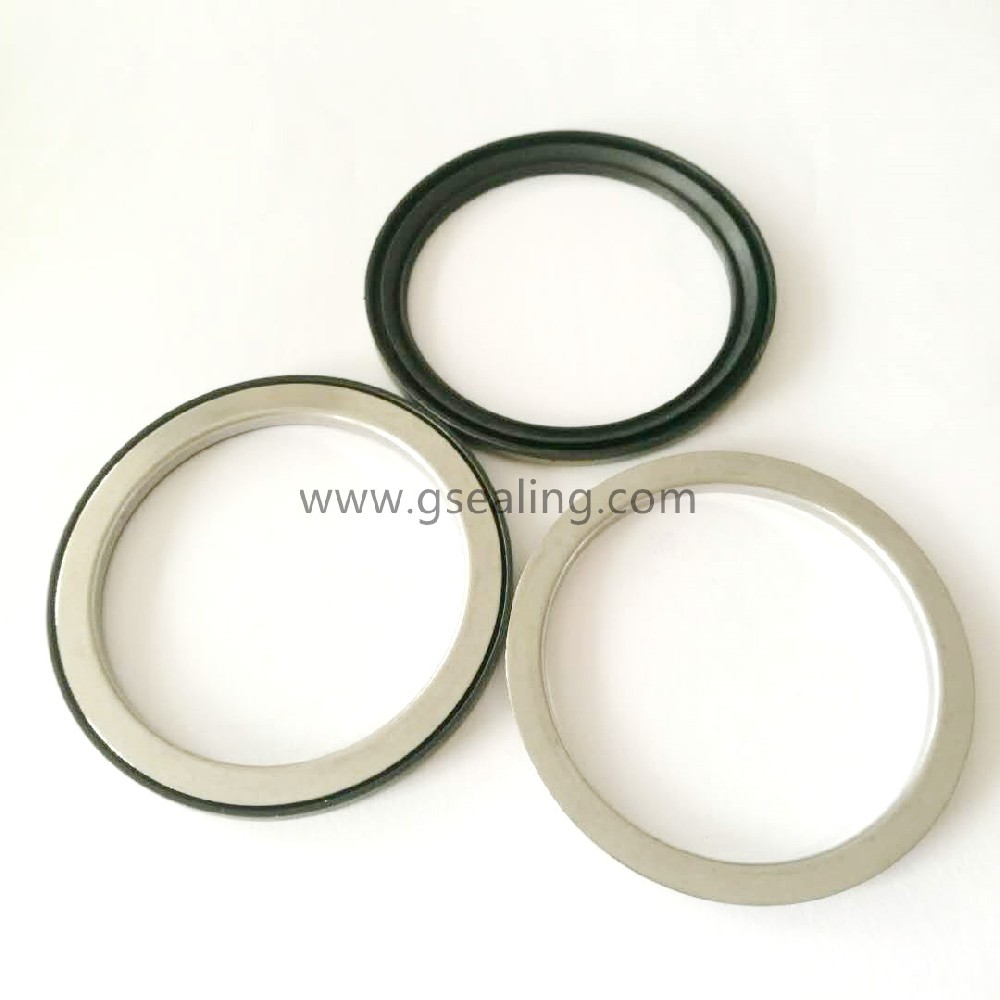 View More
View More
-
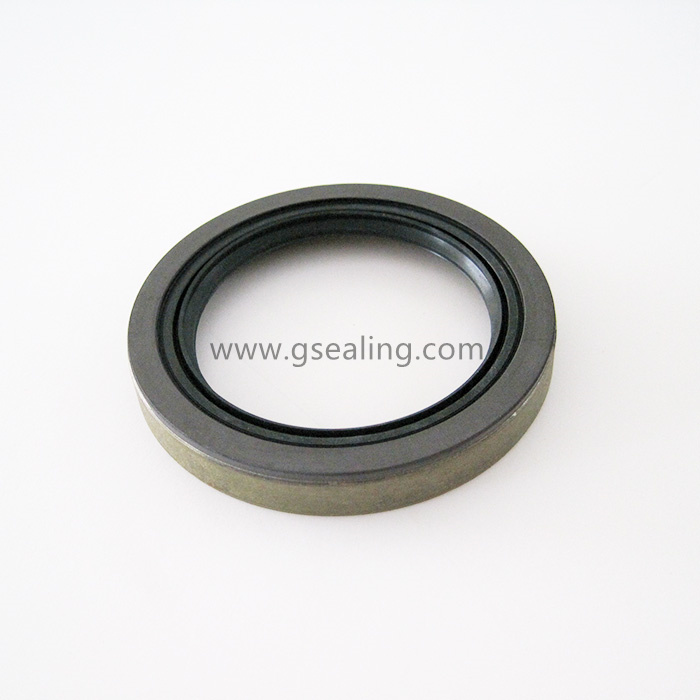 View More
View More
Magnetic Abs OEM Bearing Seals China Manufacturer
-
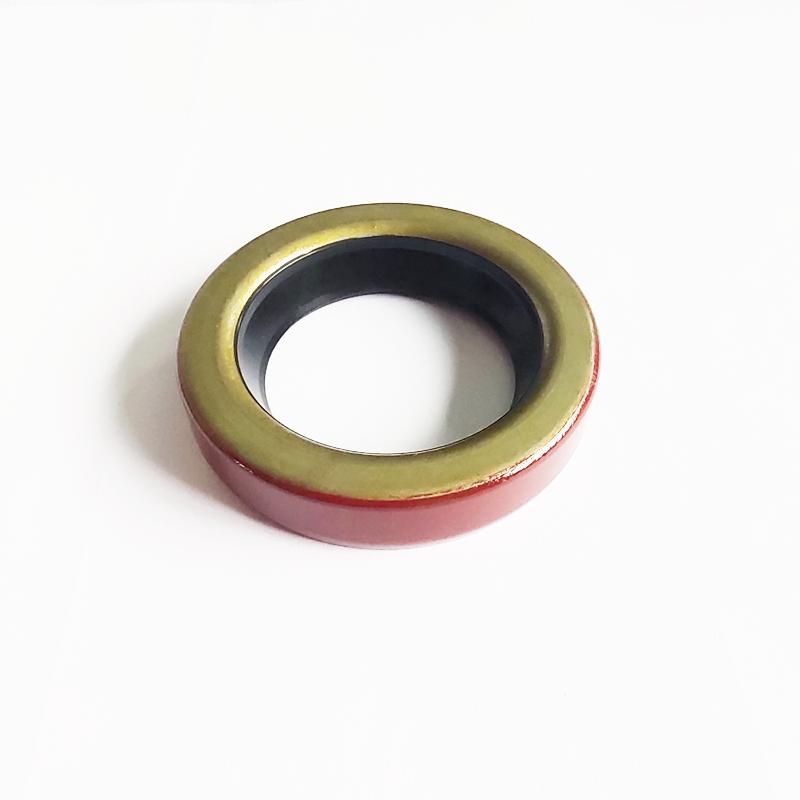 View More
View More
Automobile Brake Disc Wheel Bearing Seals China Supplier
-
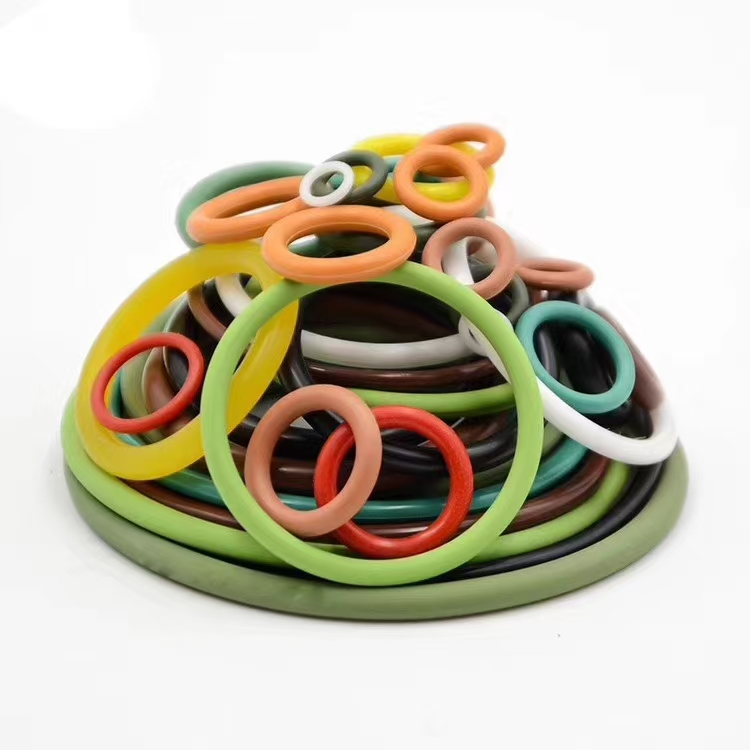 View More
View More
EPDM rubber o-ring seal different size factory China manufacturer
-
 View More
View More
Automotive Oil Filter Rubber Check Valve
-
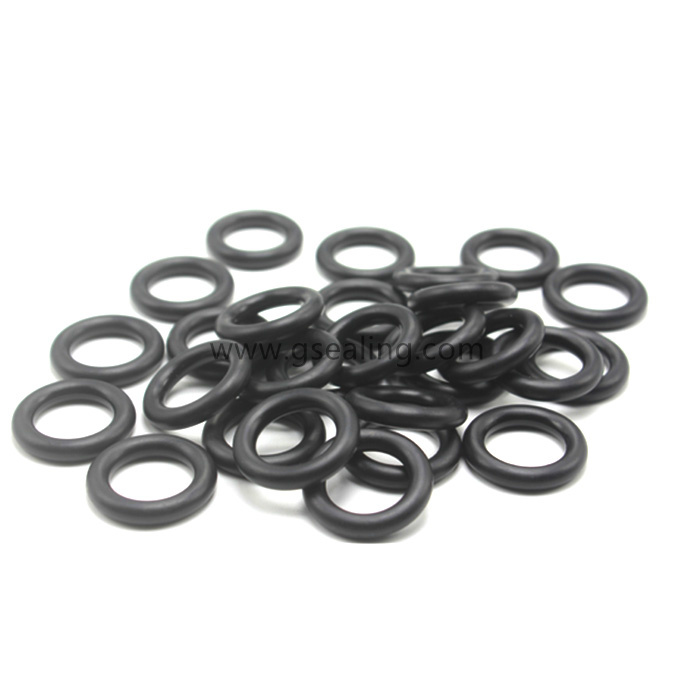 View More
View More
HNBR O Ring Seal OEM Manufacturer China
-
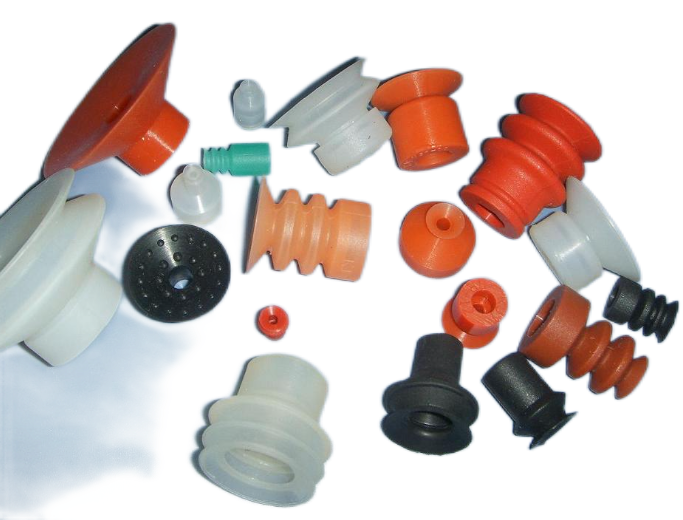 View More
View More
Rubber High Pressure Suction For Electronic Hand OEM China Factory
-
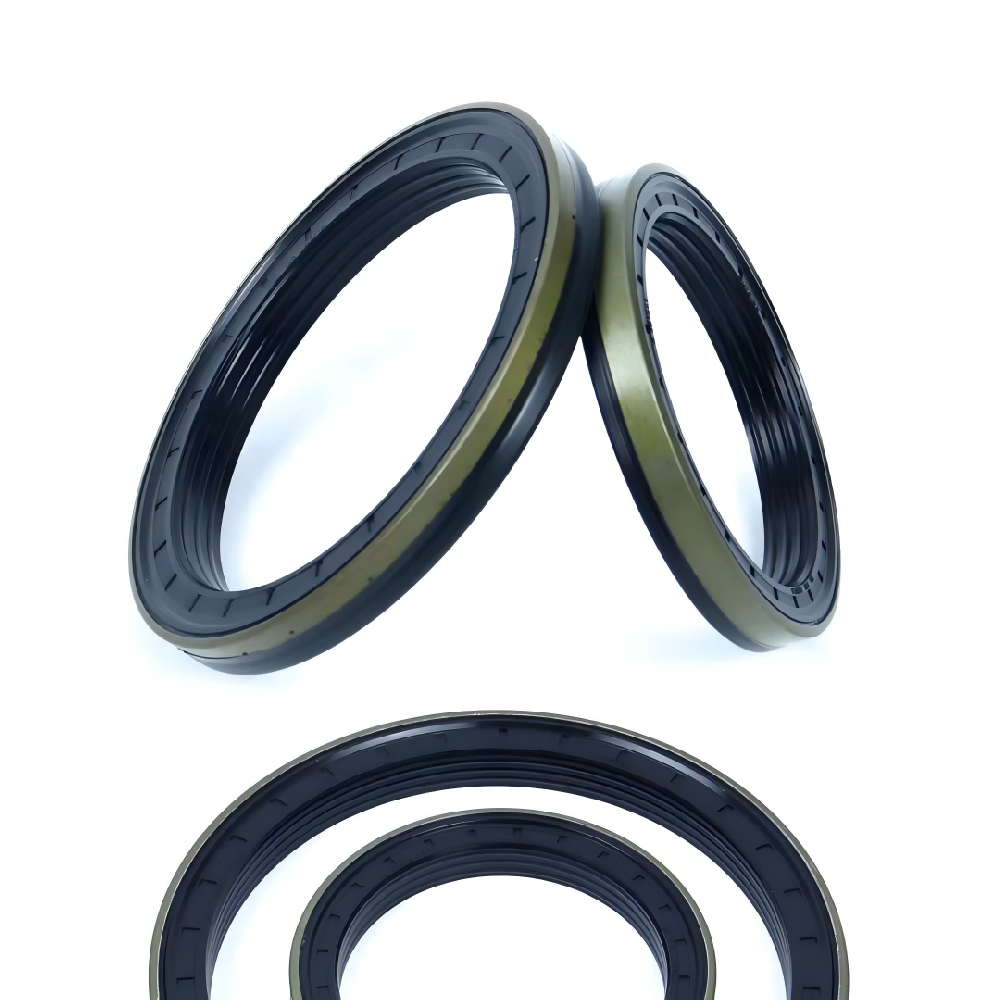 View More
View More
John Deere Tractor Cassette oil seal RWDR Manufacturer
-
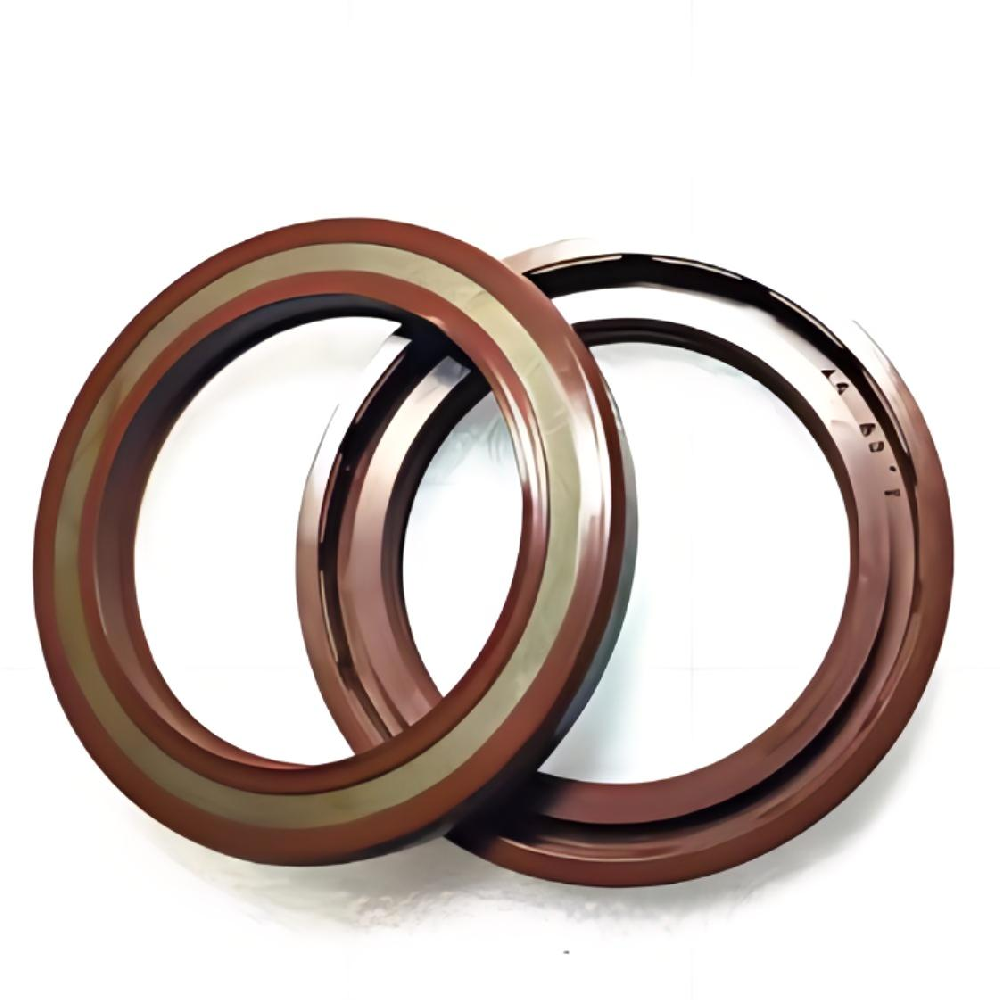 View More
View More
High Pressure TCN Oil Seal for Excavator
-
 View More
View More
Trailer Grease shaft rubber lip oil seal TB 11174
-
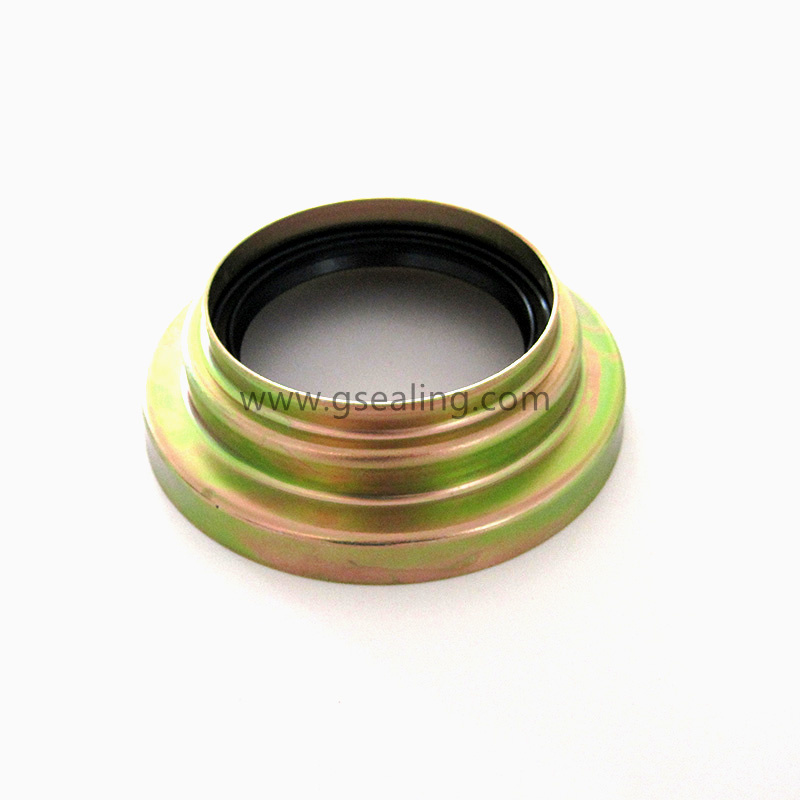 View More
View More
Ford New Holland Tractor Half Shaft Seal Retainer Assembly China Manufacturer
-
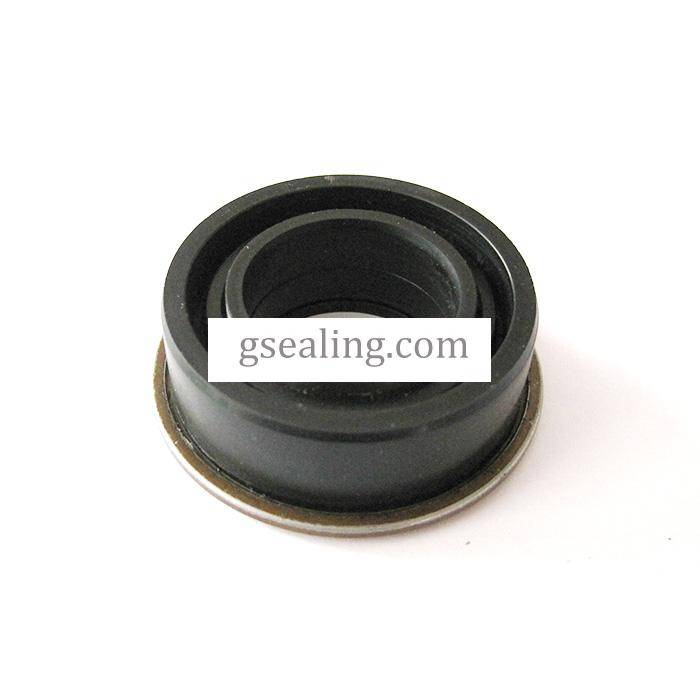 View More
View More
Irrigation Valley Valmont Gearbox Oil Seal China Supplier
-
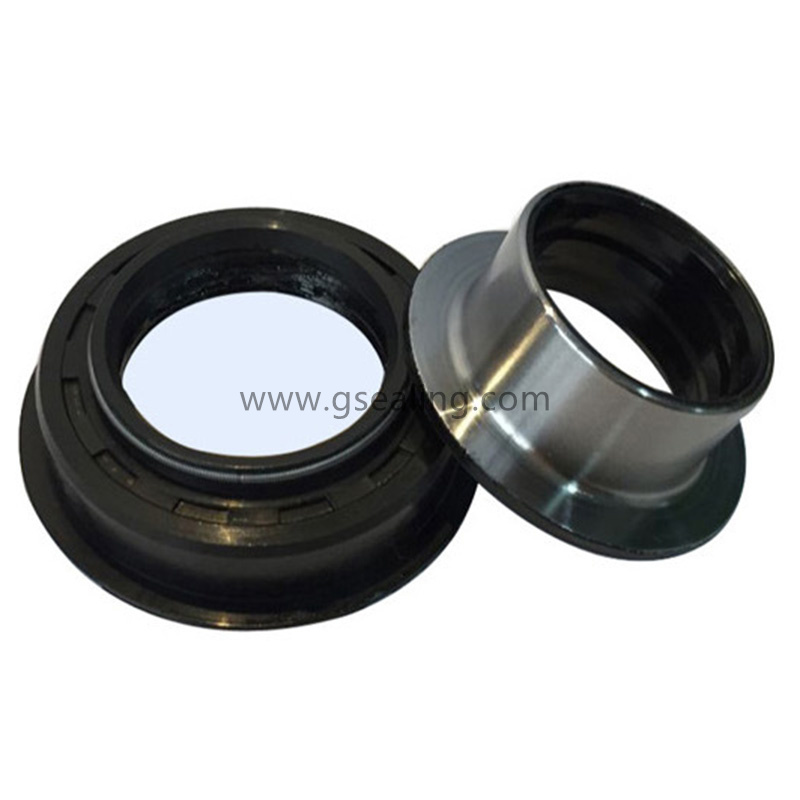 View More
View More
High Quality Agriculture Machinery Rotation Oil Seal Kits
-
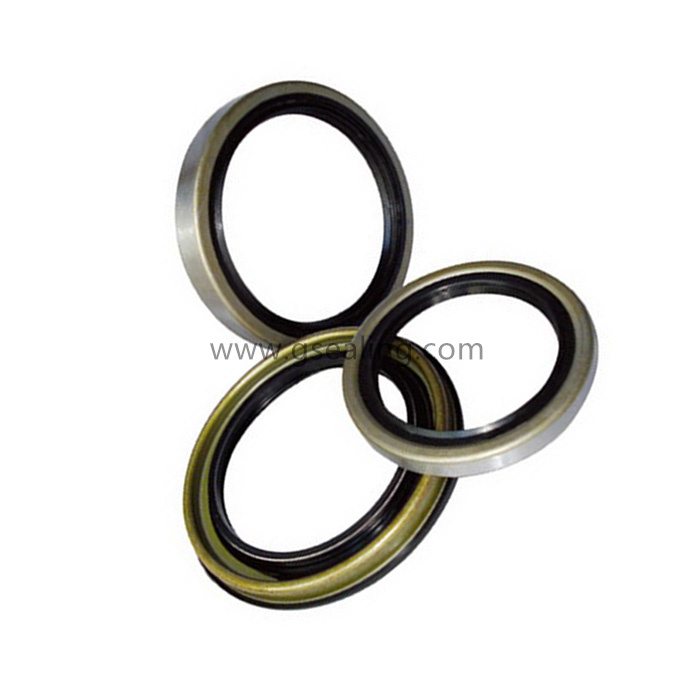 View More
View More
John Deer Grease Drive Shaft Oil Seal China Supplier
-
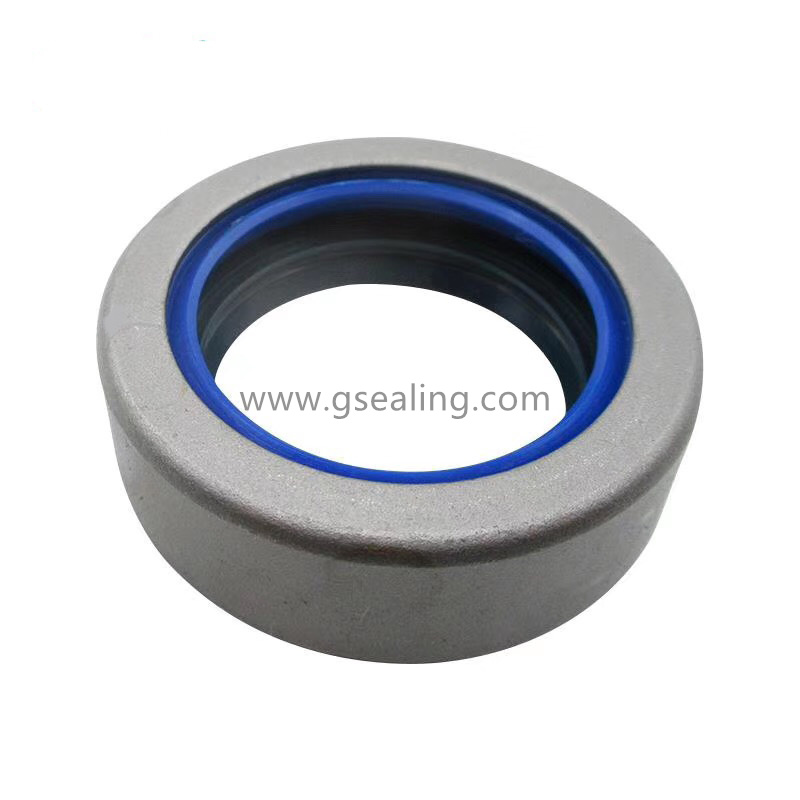 View More
View More
Tractor shaft combine oil seal


